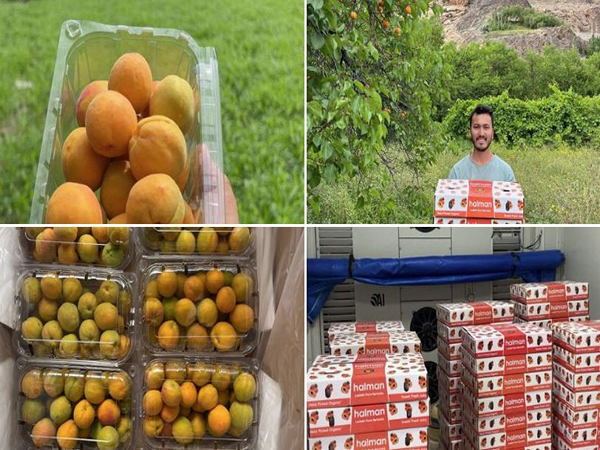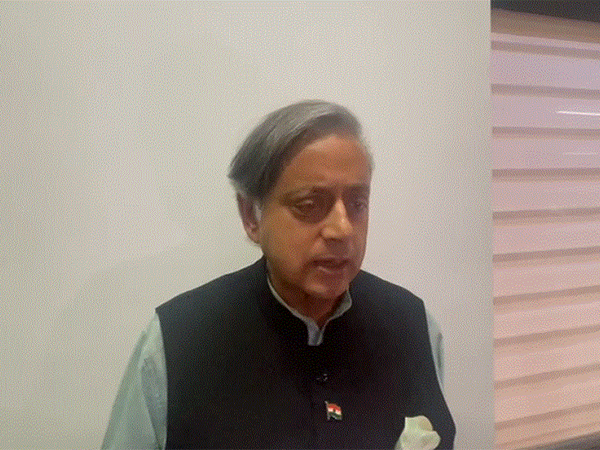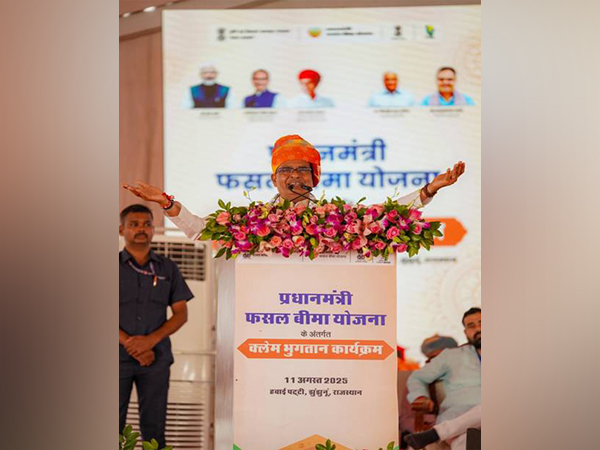Investments in renewables, roads, and realty to surge 38 pc over FY25-26 to Rs 15 lakh crore: Crisil
Jun 18, 2024

New Delhi [India], June 18 : India's infrastructure landscape will witness substantial growth with investments in key sectors--renewable energy, roads, and real estate, according to CRISIL report.
The report projected a rise in investments by approximately 38 per cent over the fiscal years 2025 and 2026,
This surge, expected to amount to Rs 15 lakh crore, underscores the nation's ambitious drive towards sustainable development and enhanced connectivity.
According to Krishnan Sitaraman, Senior Director and Chief Ratings Officer at CRISIL Ratings, the momentum in these sectors remains robust, buoyed by consistent policy interventions that have not only attracted significant investor interest but also bolstered the credit profiles of private players.
"The underlying demand drivers in these three sectors remain strong, with regular policy interventions fueling investor interest. This has also supported healthy credit risk profiles of private players and strengthened their execution and funding capabilities," noted Sitaraman.
In the renewable energy domain, the focus is on fostering a sustainable energy transition. The government's ambitious targets have spurred a series of auctions, culminating in a robust pipeline of projects totalling 75 GW, with 50 GW slated for implementation over the next two fiscal years.
Policies such as higher import duties and production-linked incentives for domestic manufacturing of modules and batteries have further stabilized the sector, reducing dependency on imports and enhancing supply chain reliability.
However, challenges persist, particularly in the commissioning of storage-linked capacities, which have faced hurdles in securing off-takers, potentially impacting their viability amidst higher tariff structures.
India's road infrastructure is poised for significant expansion, aimed at improving physical connectivity and bolstering economic efficiency.
With a strengthened order book and the adoption of models like the hybrid annuity model (HAM), road developers are set to increase construction by approximately 12,500 km annually over the next two fiscal cycles.
The HAM framework, in particular, provides upfront rights-of-way and risk-sharing mechanisms, mitigating execution risks and attracting private sector investments.
Despite these advancements, the sector faces challenges related to funding under the build-operate-transfer (BOT) toll model, necessitating improvements in traffic estimation accuracy and lender confidence.
The real estate sector is witnessing steady growth, supported by favorable policies such as the Real Estate (Regulation and Development) Act, 2016, which has enhanced transparency and project completion timelines.
Manish Gupta, Senior Director and Deputy Chief Ratings Officer said, "Regular policy interventions in these sectors have also increased investor interest, thus providing opportunities to developers to unlock equity capital. Cumulatively ~Rs 2 lakh crore of equity capital has been deployed in these sectors over the past two fiscals driven by strong investor participation."
He added, "A key enabler here has been the emergence of vehicles such as infrastructure investment trusts (InvITs) and real estate investment trusts (REITs). The capital inflows from investors have helped improve credit profiles of private players, thus strengthening their ability to fund future growth."
Demand for both residential and commercial properties is expected to grow by 8-12 per cent and 8-10 per cent respectively, driven by competitive rentals, increasing global capability centres, and domestic demand.
In real estate, while reduction in inventory in recent years has added to the resilience of the sector, discipline in new launches and, consequently, the impact on inventory going ahead will remain monitorable.
Looking ahead, while the growth trajectory appears promising, risks such as delayed commissioning of storage-linked capacities in renewables, funding uncertainties in road projects under the BOT (Build, Operate, Transfer) model, and the need for disciplined inventory management in real estate could potentially dampen momentum.
Monitoring these factors will be crucial in ensuring sustained growth across these pivotal sectors.




















